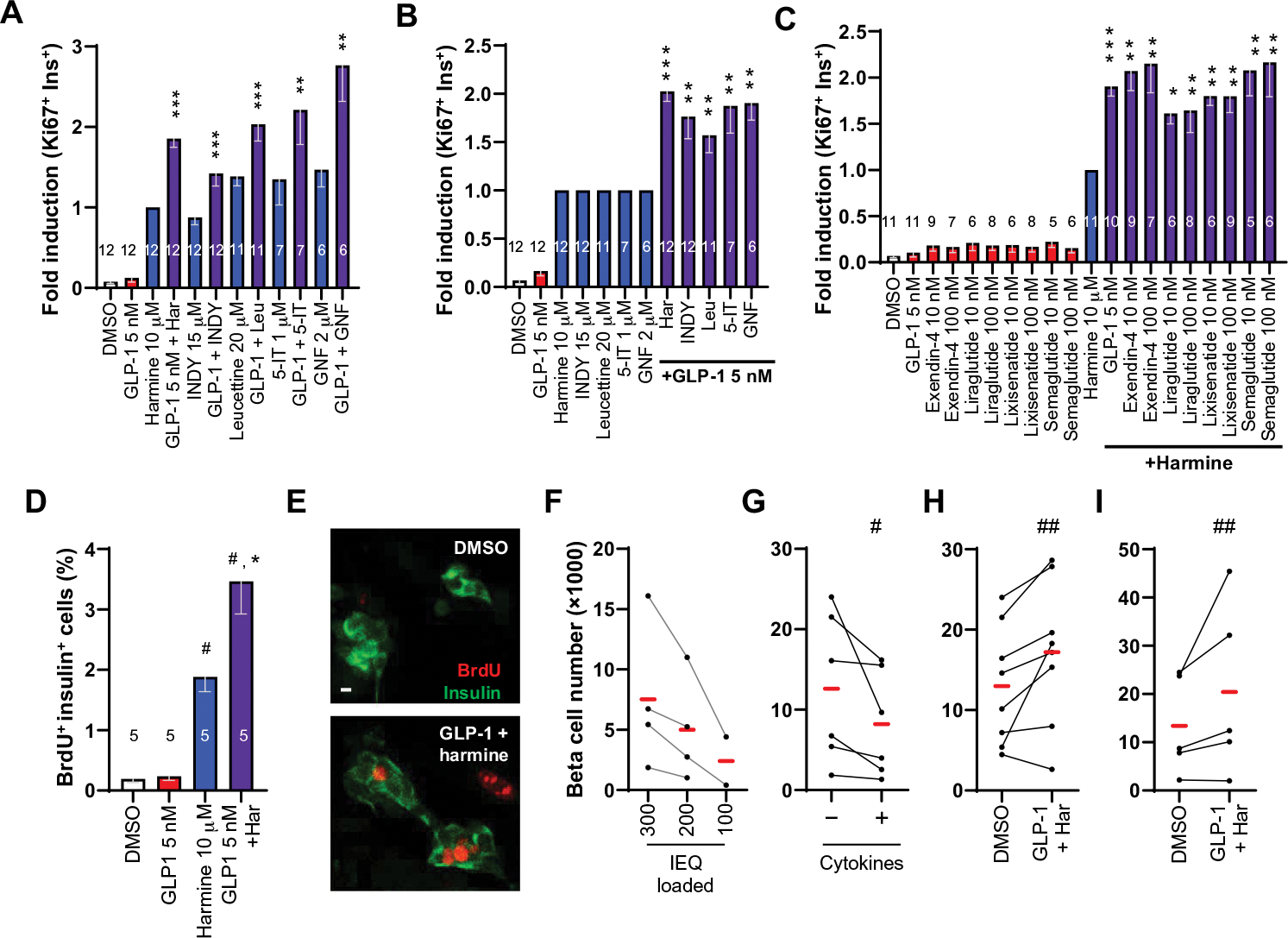Fig. 2. The DYRK1A–GLP-1 increase in human β cell numbers is a class effect for both DYRK1A inhibitors and GLP1R agonists.

(A) The effects on human β cell on Ki67 labeling of harmine, INDY, leucettine-41 (leucettine or Leu), 5-iodotubericidin (5-IT), and GNF4877 (GNF) administered alone (blue bars) or in combination with 5 nM GLP-1 (purple bars). Results are normalized to 10 μM harmine. Ki67 percentage values were as follows: harmine, 2.1%; INDY, 1.7%; leucettine, 2.8%; 5-IT, 2.6%; GNF4877, 2.9%. (B) The same data in (A), but with each of the DYRK1A inhibitors normalized to 1.0. (C) Ki67 labeling in β cells after treatment of human islets with 10 μM harmine and a broad range of commercially available GLP-1 analogs. (D) Induction of BrdU immunolabeling in human β cells treated with harmine and GLP-1. (E) An example of BrdU incorporation in D. Scale bar, 10 μm. (F and G) Negative controls for quantification of human β cell numbers by flow cytometry in progressively lower numbers of human islets from four different donors and in response to cytokines (1000 IU/ml each, TNFα and IL-1β) in six pairs of different human islets. (H) Increases in human β cell numbers in islets from seven of eight human donors in response to 4 days of ex vivo treatment with harmine (10 μM)– GLP-1 (5 nM) or vehicle (0.1% DMSO). (I) Increases in GFP-labeled hESC-derived β-like cells in response to 7 days of combined harmine–GLP-1 treatment. Bars indicate means ± SEM. Numbers within the bars show the number of human islet preparations studied at each dose. A minimum of 3000 β cells was counted for each bar. One-way ANOVA, *P < 0.05, **P < 0.01, and ***P < 0.001 versus harmine alone; #P < 0.001 and ##P < 0.01 versus control. IEQ, islet equivalent.
